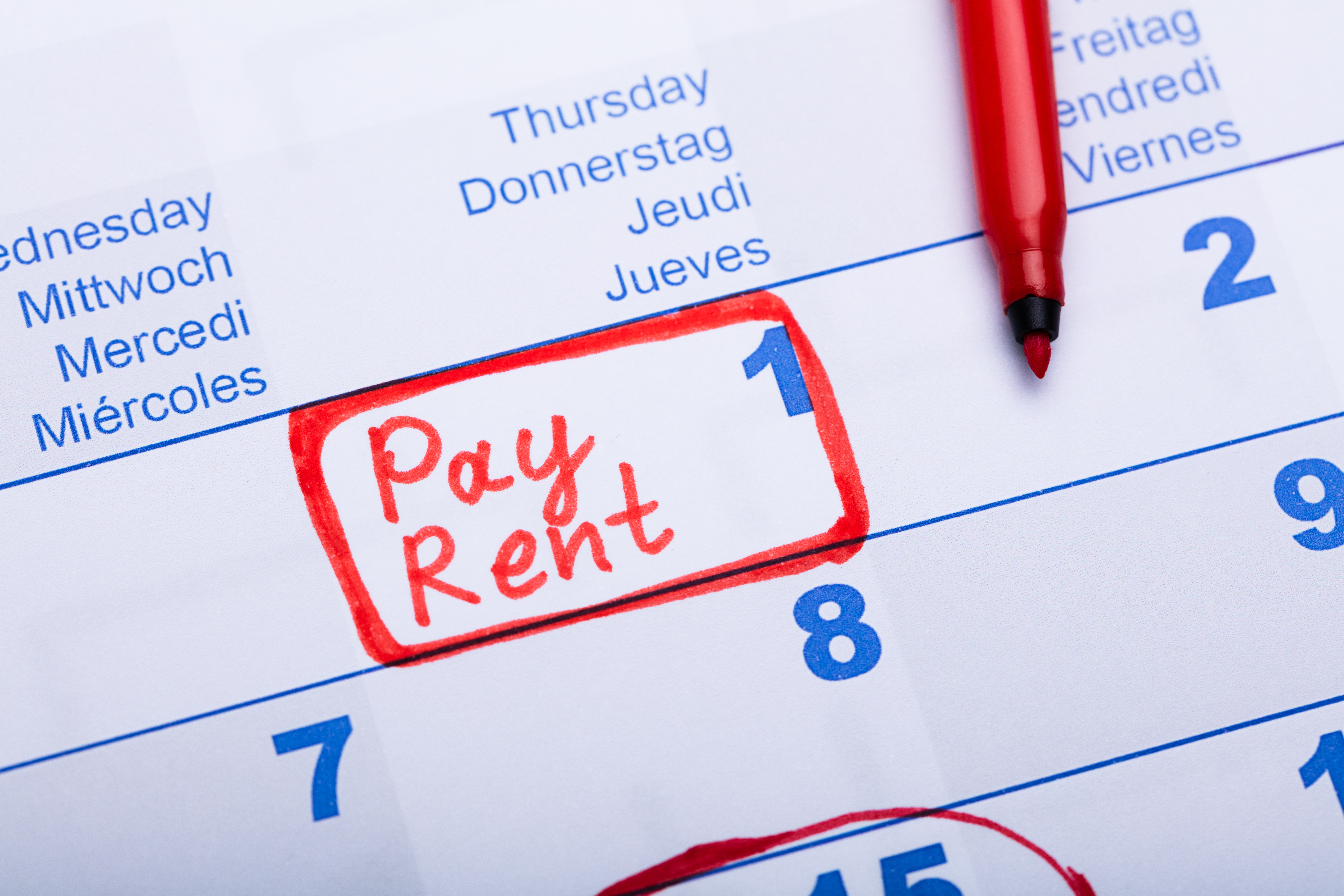Government-inflated rents hurt even more during periods of economic decline
On April 1, rents were due for the first time since Gov. Chris Sununu declared a state emergency on March 13. News organizations reported on Granite Staters struggling to pay rent after suffering significant income loss in March.
As communities come together to help each other through these difficult situations, it’s important to understand that renters in New Hampshire have been squeezed for decades by a problem identified years ago and never fixed: government-inflated rental rates.
Emergency aid and help from caring communities can provide short-term relief during the next few months. But long-term rent relief can come only by addressing the apartment shortage created by local government regulations.
In 2002, a legislative commission created to study workforce housing concluded that local government regulations were making rents unaffordable for many families. (The commission’s report was titled “Reducing Regulatory Barriers to Workforce Housing in New Hampshire.”)
“Individual communities, each acting in its own economic self-interest, have disconnected the State’s local housing markets from the rest of our economy and created an artificial scarcity that has driven prices beyond the reach of a large and increasing number of working families,” the commission found.
In 2008, the Legislature tried to provide relief by passing a workforce housing law that required municipalities to create “reasonable and realistic” opportunities for workforce housing.
Twelve years later, rents are still rising as municipal housing restrictions have continued to strangle the supply of rental units.
Data collected by the New Hampshire Housing Finance Authority illustrate the problem.
The average rent for a one-bedroom apartment in New Hampshire rose from $587 in 2000 to $1,055 in 2019. Had rents risen at just the rate of inflation, the price would be $871, or $184 less than the 2019 rate.
The average rent for a two-bedroom apartment rose from $774 in 2000 to $1,347 in 2019. Had rents risen at just the rate of inflation, the price would be $1,149, or $198 less.
Saving $198 a month on rent would come to $2,376 a year. Some people who can’t pay rent this month because their hours were cut or their employer closed might have been able to cover a payment that was $184 or $198 cheaper.
As the 2002 legislative report noted, rents are being pushed up by local government regulations that have created an artificial scarcity in the rental housing market. For decades, demand for apartments and multi-family homes has far outstripped supply. Not enough rental units are being built because local governments have made it extremely difficult to build them.
That inescapable fact is reflected in the state’s shockingly low rental vacancy rate. A healthy apartment vacancy rate is around 5 percent. New Hampshire’s rental unit vacancy rate in 2019 was 0.6 percent. The rental vacancy rate for the United States at the end of 2019 was 6.4 percent, according to the Federal Reserve Bank of St. Louis.
New Hampshire renters have been burdened for decades by regulations that have prevented the supply of rental housing from matching demand. In boom times, restrictions on the construction of rental housing give the appearance that growth is being limited at no cost. But the cost is always there, and it hurts the most during times like this when thousands of people are losing their jobs or having their pay reduced.
If New Hampshire communities want to be places where everyone can find a home, the supply shortage will have to be addressed.



